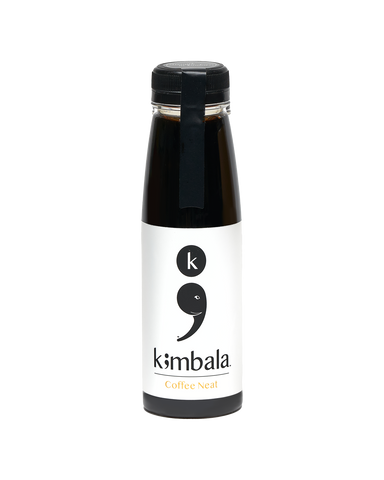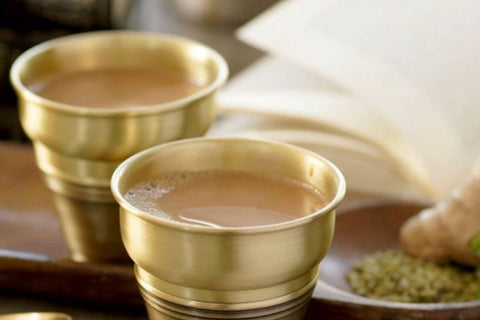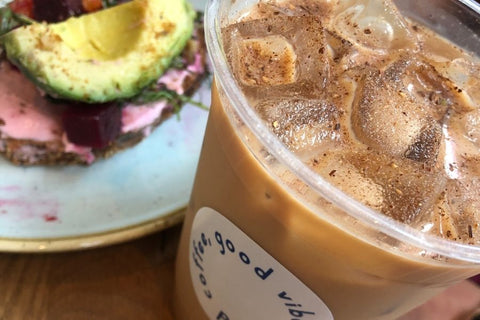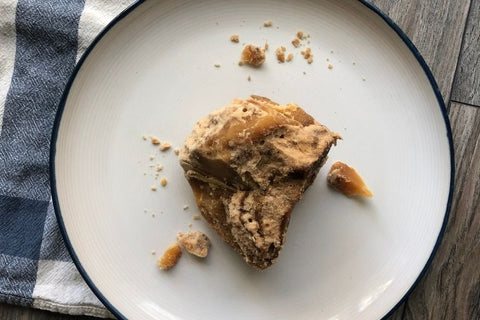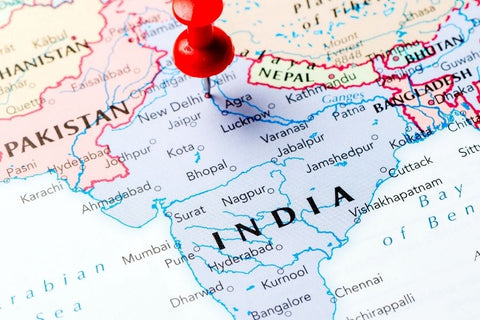Tags:
chai
chai 101
Chai A-Z: A Full Guide to Each Type of Chai
There are many variations of chai in India from region to region based on availability of spices, as well as specific tastes and preferences of each community. We had to share a handful of these types of chai - each is beautiful and delicious in their own right.
The Redundancy of the Term "Chai Tea"
The word "chai" means "tea" in the Hindi language so by referring to chai as "chai tea", you are essentially saying, "tea tea"! This redundant name was created by American companies and validated by Starbucks, Oprah and large tea concentrate companies, often claiming to have the "best chai tea concentrate". We can equate ordering a "chai tea" to ordering a "cappuccino coffee" - sounds a little odd, right?! Saying "chai" or "masala chai" is the best way to refer to this beloved beverage of India. Having that out of the way, let’s move on to the real deal types of chai!
Chai or Masala Chai

The overarching, proper name for the traditional beverage that combines black tea, spices, milk and sugar. For a full rundown on Chai, check out Kimbala's Comprehensive Guide to Chai.
NOTE: Chai may also be used to describe black tea with milk, without any spices. Generally, this type of combination would not be found in India. In India, ordering a “chai” will result in a mixture of black tea, milk, spices, and sugar.
Kadak Chai
 Kadak roughly translates to “strong” and when combined with “chai”, is used to describe a strong tea.
Kadak roughly translates to “strong” and when combined with “chai”, is used to describe a strong tea.The spelling “karak” is interchangeable with “kadak” and is more often referred to as karak chai in Pakistan, Qatar, UAE and other Middle Eastern countries.
Adrak Chai

“Adrak” translates to “ginger” so this is essentially a ginger chai. Most popular in North India, water is boiled with freshly grated ginger & perhaps a few pods of cardamom. Black tea and sugar is then added and boiled once more. Near the end, milk is added and the mixture is then simmered for a few, final minutes.
Adrak chai offers spice and warmth from the ginger, also offering many immune system and digestion benefits.
Summer temperatures in India are HOT and the humidity is very real - drinking adrak chai in summertime may not be the most ideal but it is perfect on a cooler day on its own or with snacks.
Sulaimani Chai

Most popular in the state of Kerala in South India, this chai is made by boiling black tea, sugar, and maybe also clove, cardamom, and cinnamon, with a squeeze of lemon or lime added at the end.
Adding a mint or basil leaf is also common to enhance the herbal flavor and aroma. There is NO milk in this chai and it should be brewed to a lovely golden color.
Sulaimani chai is said to be a great digestive stimulant, the perfect end to a heavier meal.
This chai is also commonly found in Hyderabad, India and is very popular in Dubai due to its Arab roots.
Elaichi Chai

“Elaichi” means cardamom, and this tea is a delightful cardamom chai. This chai combines black tea, crushed cardamom pods and sugar in water brought to a boil. Milk is then added and the mixture is kept simmering for a bit more time.
Elaichi chai has been a staple for thousands of years due to the many benefits that accompany the use of cardamom: aids in digestion, can detoxify the body, and can boost immunity to battle a common cold.
Kimbala Chai Assamica is modeled after a traditional elaichi chai.
Kashmiri Chai

More accurately known as Noon Chai but also referred to as Pink Chai or Salt Tea - ‘Noon’ means ‘salt’ in the Kashmiri language.
Noon chai combines Green Tea (a large quantity and preferably from Assam), water, whole milk, baking soda (just a pinch!) and a dash of salt. The bright pink color of noon chai is achieved by the chemical reaction between the tea and baking soda, along with a slow cook time.
Before the use of baking soda to achieve the pink color was discovered, brewing noon chai required hours of non-stop ladling the liquid to reach the desired color! All this according to a true Kashmiri named Asma.
Cutting Chai

Cutting is a term used in Mumbai that translates to "cut in half," but it is also understood across India to indicate that you would like half an order of chai. Similarly, if you ask for a “one by two”, this will yield (2) half portions of chai, meant to be shared by two people. This terminology came about as a way to enjoy multiple cups of chai throughout the day, while still moderating the total amount of caffeine and sugar.
Cutting chai also falls seamlessly in line with the foundation of chai as a humble, special drink that facilitates connection and conversation.
With chai’s rich history and the many different kinds that exist based on region and preference, there are many options available to try and enjoy. Explore Kimbala's collection of chai beverages and concentrates for an easy, convenient and fresh taste of authentic chai.

